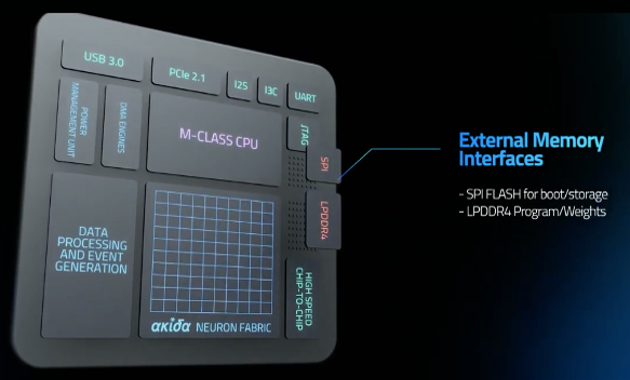Hyundai and Kia reportedly have inked a deal with the world's largest battery company to see up to 140,000 EVs get a whopping 1000km range.

apple.news
New EV battery technology to see drivers go 1000km on a 10-minute charge
Driving from Sydney to Melbourne on a single charge is on the horizon for Australia’s EV drivers after reports Hyundai and Kia may have inked a deal with the world’s largest battery company to see up to 140,000 EVs get a whopping 1000-kilometre range.
It comes after Hyundai Motor Group chairman Chung Eui-sun recently met with Contemporary Amperex Technology Limited (CATL) CEO Zeng Yuquan in South Korea, according to reports in
Chosun Biz. The automotive multinational has used battery technology from the tech titan since 2021.
It’s thought the pair discussed CATL’s latest offering, a third-generation cell-to-pack (CTP) battery technology called Qilin that offers EV drivers up to 1000km of range after a 10-minute charge — something that would spell the end to regional and rural concerns in Australia regarding scant charging stations.
Who’s already using the 1000km battery?
The Qilin battery was first snapped up by Chinese car titan Geely in a five-year deal, which is boasting its futuristic Zeekr 009 people mover will actually offer “in excess of” 1000km. Geely registered an Australian trademark for the name last December, though there’s no word of a local launch date yet. The Australian price guide is $127,000, Zeekr says.
It’s a race to the top for car manufacturers when it comes to EVs going the distance. Chinese electric vehicle startups Li Auto and Hozon New Energy Automobile have also signed a deal for the 1000km battery, while the GAC Aion LX Plus SUV went on sale in China earlier this year with a 1008km driving range.
Toyota accused of spreading EV disinformation to profit from fossil-fuelled hybrids
Hyundai’s Porter EV, Kia Niro EV and Bongo EV will reportedly be among the first of its models to be fitted with the high-tech battery, with the supercharged lineup to hit the European and Korean markets first before being released in other regions, including Australia.
More locally, Hyundai is already spruiking its Ioniq 6’s 614-kilometre driving range, which will hit Australian shores in early 2023. That brings the Ioniq in line with Tesla 3’s driving range (602km), Tesla Model S (652km) and BMW iX (630km), all available in Australia right now.
How does the Qilin battery work?
CATL says the Qilin battery has a “volume utilisation efficiency” of 72%, compared to 59% in Tesla’s cylindrical 4680 batteries (BMW uses this shape too), with an energy density of up to 255 Wh/kg — making it “the highest integration level worldwide so far”, according to CATL.
The Qilin battery — which is named after a mythological Chinese creature — takes just 10 minutes to charge, according to CATL, with a hot start in five minutes flat thanks to a liquid cooling process that promotes heat transfer and slashes thermal control time in half.
CATL, the world’s largest battery manufacturer, is also known as the most competitively priced against fellow heavy-hitters LG Energy Solutions, SK On, and Samsung SDI. CATL already supplies batteries to Tesla as well as Ford and BMW — meaning the Qilin could become the industry’s go-to battery before long.
How far can EVs drive on a single charge?
In the month of November, EVs made up 4.7% of all cars sold in Australia, according to sales figures from industry group FCAI.
Here are the top five most popular EVs in Oz and how far they can travel on a single charge.
Tesla Model Y = up to 514km
BYD 845 Atto 3 = up to 420km
Tesla Model 3 sedan = up to 602km
MG ZS EV = up to 320km
Volvo c40 Recharge = up to 434km

www.synsense.ai



